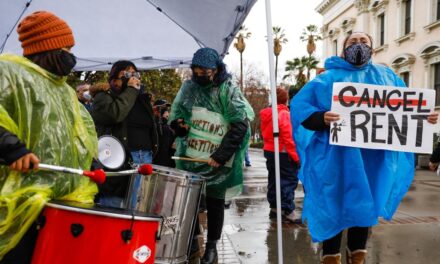
In the Stimulus Bill, a Policy Revolution in Aid for Children
Welfare critics warn the country is retreating from success. Child poverty reached a new low before the pandemic, and opponents say a child allowance could reverse that trend by reducing incentives to work. About 10 million children are poor by a government definition that varies with family size and local cost of living. (A typical family of four with income below about $28,000 is considered poor.)
“Why are Republicans asleep at the switch?,” wrote Mickey Kaus, whose antiwelfare writings influenced the 1990s debate. He has urged Republicans to run ads in conservative states with Democratic senators, attacking them for supporting “a new welfare dole.”
Under Mr. Biden’s plan, a nonworking mother with three young children could receive $10,800 a year, plus food stamps and Medicaid — too little to prosper but enough, critics fear, to erode a commitment to work and marriage. Scott Winship of the conservative American Enterprise Institute, wrote that the new benefit creates “a very real risk of encouraging more single parenthood and more no-worker families.”
But a child allowance differs from traditional aid in ways that appeal to some on the right. Libertarians like that it frees parents to use the money as they choose, unlike targeted aid such as food stamps. Proponents of higher birthrates say a child allowance could help arrest a decline in fertility. Social conservatives note that it benefits stay-at-home parents, who are bypassed by work-oriented programs like child care.
And supporters argue that it has fewer work disincentives than traditional aid, which quickly falls as earnings climb. Under the Democrats’ plan, full benefits extend to single parents with incomes of $112,500 and couples with $150,000.
Backlash could grow as the program’s sweep becomes clear. But Samuel Hammond, a proponent of child allowances at the center-right Niskanen Center, said the politics of aid had changed in ways that softened conservative resistance.
A quarter-century ago, debate focused on an urban underclass whose problems seemed to set them apart from a generally prospering society. They were disproportionately Black and Latino and mostly represented by Democrats. Now, insecurity has traveled up the economic ladder to a broader working class with similar problems, like underemployment, marital dissolution and drugs. Often white and rural, many are voters whom Republicans hope to court.















